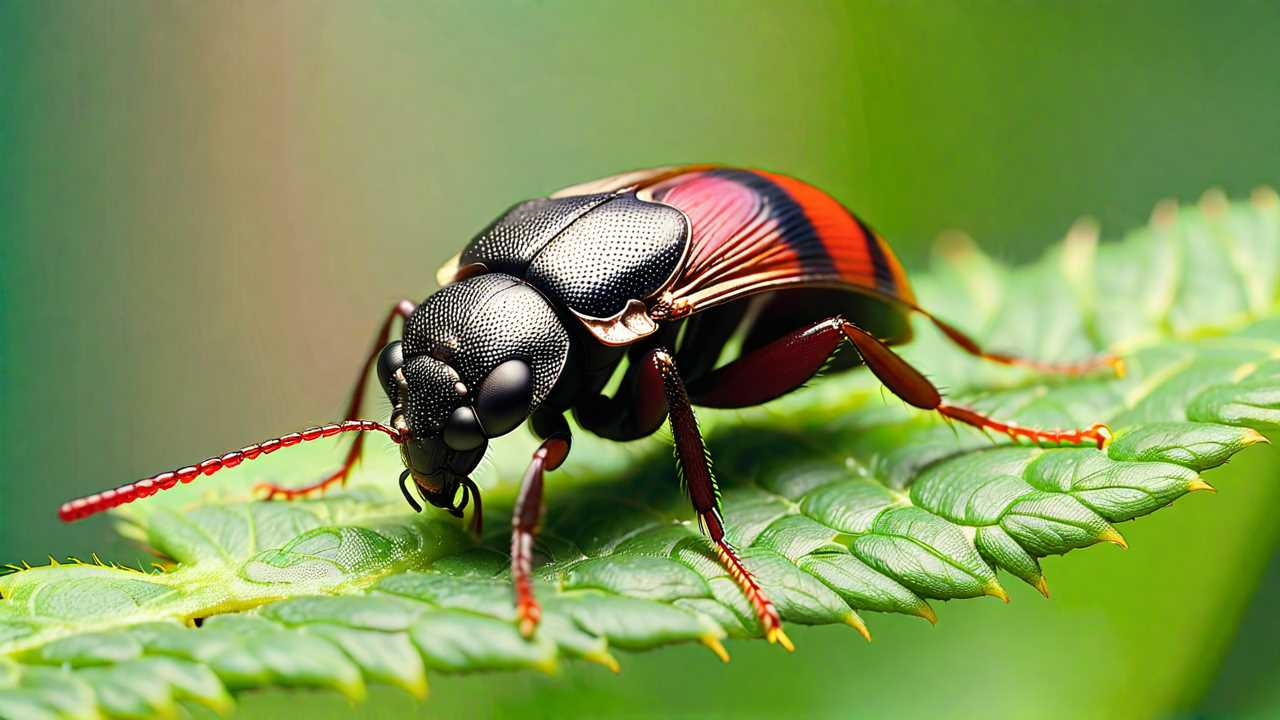
Understanding Pest Management
Creating a DIY pest control plan is an effective way to manage pests in your home or garden without relying on professional services. Pest management involves understanding the types of pests you're dealing with, their behavior, and the environment they thrive in. By gaining knowledge about the pests you're trying to control, you can develop a targeted approach that addresses the root of the problem.
Identifying Common Pests and Their Habits
Before you start creating your DIY pest control plan, it's crucial to identify the pests you're dealing with. Common household pests include ants, cockroaches, rodents, bed bugs, and termites. Each pest has unique characteristics and habits that influence the methods you'll use to control them. For example, ants are attracted to sugary substances and tend to follow established trails, while bed bugs hide in cracks and crevices and are most active at night.
Implementing Preventive Measures
Preventive measures are a key component of any effective pest control plan. By taking steps to make your home or garden less attractive to pests, you can reduce the likelihood of an infestation. Simple actions like sealing cracks and gaps, keeping your space clean and clutter-free, and properly storing food can go a long way in deterring pests. Regular inspections of your home or garden can also help you catch any potential problems early on.
Exploring Natural Deterrents and Homemade Repellents
Natural deterrents and homemade repellents offer a safe and eco-friendly alternative to chemical pesticides. Many plants, such as mint, basil, and lavender, have natural insect-repelling properties and can be strategically placed around your home or garden. You can also create your own repellents using ingredients like vinegar, essential oils, and cayenne pepper. These non-toxic solutions are particularly useful for those who prefer to avoid harsh chemicals or have pets and children in the household.
Utilizing Traps and Barriers
Traps and barriers are effective tools for controlling pests without the use of chemicals. Sticky traps, for example, can be used to capture crawling insects like ants and cockroaches. Pheromone traps, on the other hand, use scents to lure pests away from your home or garden. Physical barriers, such as screens and door sweeps, can prevent pests from entering your space in the first place.
Maintaining Your Pest Control Plan
Creating a DIY pest control plan is just the first step; maintaining it is equally important. Regularly monitoring your home or garden for signs of pests, such as droppings, damage, or unusual odors, can help you stay on top of any potential issues. Keeping your space clean and free of debris, as well as promptly addressing any leaks or moisture problems, can also help prevent pest infestations from taking hold.
Knowing When to Seek Professional Help
While a DIY pest control plan can be effective for managing minor pest problems, there may be times when professional help is necessary. If you're dealing with a severe infestation or have tried multiple methods without success, it's important to recognize when it's time to call in the experts. Professional pest control services have access to specialized tools and techniques that can effectively eliminate even the most stubborn pests.
By creating a comprehensive DIY pest control plan that incorporates pest management, preventive measures, natural deterrents, homemade repellents, and non-toxic solutions, you can effectively control pests in your home or garden. Remember to regularly monitor your space, maintain a clean environment, and don't hesitate to seek professional help when needed. With a proactive approach and a well-designed plan, you can keep your living space pest-free and enjoy a healthier, more comfortable environment.
 Family Craft ProjectsHome ImprovementCooking and BakingReuse and RecycleDIY GiftsEco-Friendly ProjectsDIY Home SolutionsSeasonal ActivitiesFun and GamesLearn TogetherPrivacy PolicyTerms And Conditions
Family Craft ProjectsHome ImprovementCooking and BakingReuse and RecycleDIY GiftsEco-Friendly ProjectsDIY Home SolutionsSeasonal ActivitiesFun and GamesLearn TogetherPrivacy PolicyTerms And Conditions
